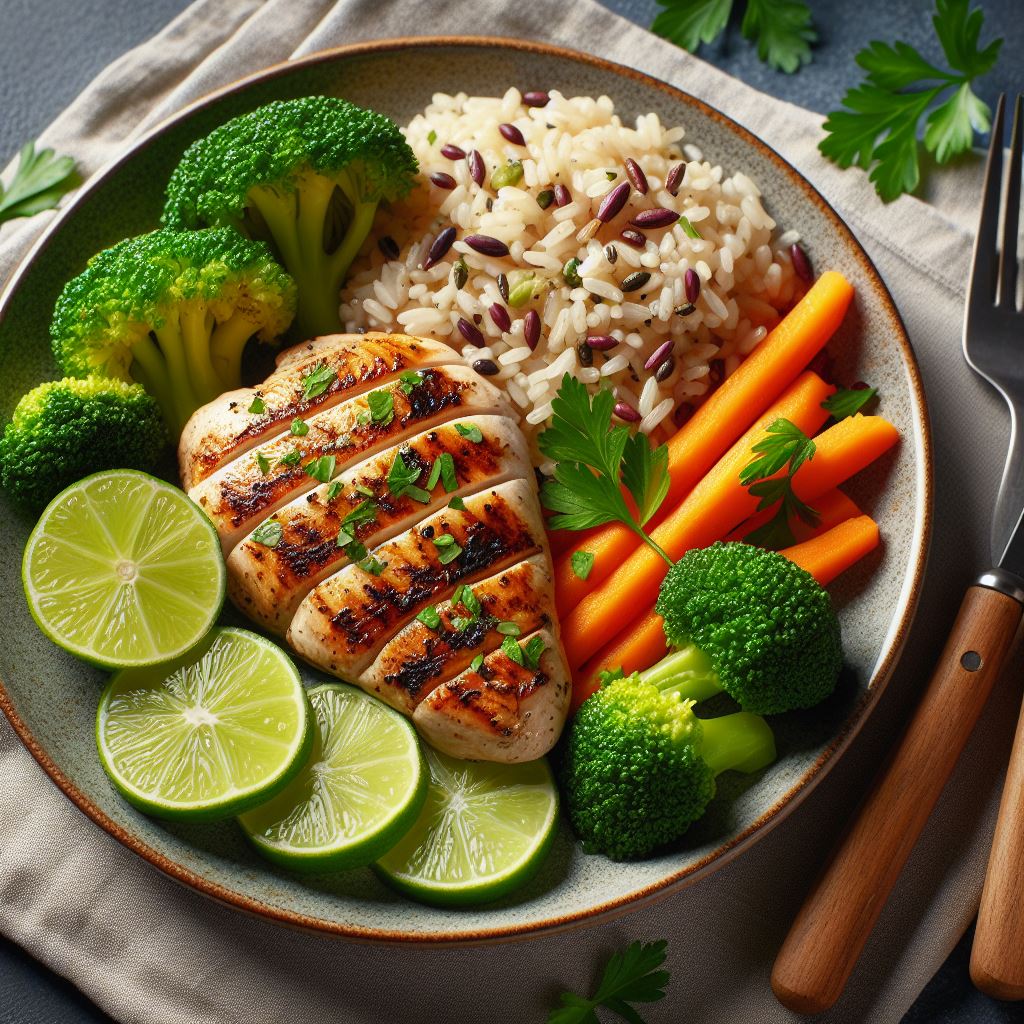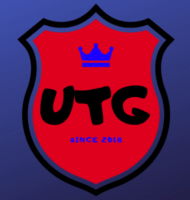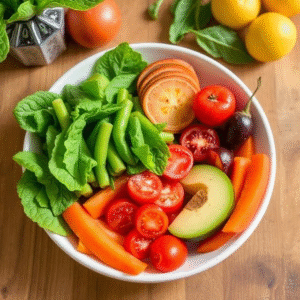
If, you’re looking for muscle recovery food, to help with your recovery after pushing your body to its limits. Then you’ve come to the right place. In this blog you’re going to find things that you didn’t know, but there might be things you do know too!
Your performance depends on what you eat before your workout, as well as after your workout. Nutrition for muscle recovery is very important, especially if you factor in what a heavy workout does to our muscles.
This post is going help you understand what happens to your muscles during and after exercise. I’ll explain how to care for your body pre and post exercise. What you drink and eat is very important, now let me explain why.
Muscle recovery food
Before I dive into the topic of muscle recovery food, I’d like to point out the thing we all take for granted and that is, every movement we make involves the use of muscles. Breathing, running, walking, even stretching, it involves a muscle function.
When we exercise we use the same muscle groups but we push them a little further to improve their function. This might involve cardiovascular, or weight training routines, both of which work the muscles in different ways. But causing the muscles to develop micro tears and breakdown of protein, which leads to soreness and inflammation.
Consuming adequate amounts of protein in your recovery food after a workout can help repair and rebuild these muscle tissues. Additionally, incorporating carbohydrate-rich foods in your post-workout meal is crucial as they provide the necessary energy to replenish glycogen stores.
Opting for complex carbohydrates like whole grains, fruits, and vegetables can provide a steady release of energy and essential nutrients . You could also consider discussing the best foods for muscle recovery, such as lean meats like chicken, turkey, or fish, plant-based options like beans or lentils, and tofu

Understanding What Muscle Recovery Food is
Muscle recovery food is important for your health and fitness, as it helps reduce muscle soreness, prevent injuries, and improve your performance. There are many foods and drinks that can help you recover faster and better after a workout.
Here are some of the best ones:
- Tart cherry juice. This drink is rich in antioxidants and anti-inflammatory compounds that can reduce muscle damage and pain. Studies show that drinking tart cherry juice before and after exercise can speed up muscle recovery and lower inflammation.
These are some of the best foods and drinks for muscle recovery, but there are many others that can also help you. The key is to eat a balanced diet that includes a variety of whole foods, especially those that are high in protein, carbohydrates, antioxidants, and anti-inflammatory compounds.
Your Body Needs More Than Recovery Food
You should also drink plenty of water and fluids to stay hydrated and replenish your electrolytes. By doing so, you can help your muscles recover faster and better, and be ready for your next workout.
- Eggs are a great source of protein, which is essential for muscle repair and growth. They also contain leucine, an amino acid that stimulates muscle protein synthesis. Eating eggs after a workout can help you rebuild your muscles and prevent muscle loss.
- Salmon. Salmon is another high protein food that can be of great benefit to your muscles. It also provides omega-3 fatty acids, which have anti-inflammatory effects and can improve blood flow to your muscles. Eating salmon can help you reduce muscle soreness and enhance muscle recovery.
- Watermelon. Watermelon is a sweet and hydrating fruit that can help you replenish your fluids and electrolytes after a workout. It also contains L-citrulline, an amino acid that can boost nitric oxide production and improve blood circulation to your muscles. Drinking watermelon juice or eating watermelon can help you reduce muscle fatigue and damage .
- Spinach. Spinach is a leafy green vegetable that can help you recover from exercise. It is rich in antioxidants, vitamins, minerals, and nitrates, which can protect your muscles from oxidative stress, inflammation, and damage. Eating spinach can also increase nitric oxide levels and improve blood flow to your muscles .

Muscle Recovery Food for Different Types of Exercise
Muscle recovery food are foods that help your muscles repair and grow after exercise. They usually contain a combination of protein, carbohydrates, and electrolytes to replenish your energy and support muscle synthesis.
Different types of exercises may require different types of muscle recovery food, depending on the intensity, duration, and muscle groups involved. Here are some examples of muscle recovery foods for different exercises, based on the web search results.
- Strength training. This type of exercise involves lifting weights or using resistance bands to build muscle mass and strength. Some muscle recovery foods for strength training are whey protein, eggs, chicken, salmon, quinoa, and nuts. These foods provide high-quality protein and essential amino acids that help repair and grow your muscles.
- Endurance training. This type of exercise involves running, cycling, swimming, or other activities that increase your heart rate and stamina. Some muscle recovery foods for endurance training are tart cherry juice, watermelon, bananas, oatmeal, and yogurt. These foods provide carbohydrates and electrolytes that help replenish your glycogen stores and hydration levels.
- High-intensity interval training (HIIT). This type of exercise involves short bursts of intense activity followed by brief periods of rest. Some muscle recovery foods for HIIT are blueberries, raspberries, spinach, chia seeds, and green tea extract. These foods provide antioxidants and anti-inflammatory compounds that help reduce muscle soreness and damage.
Of course, these are not the only muscle recovery food you can eat. The most important thing is to eat a balanced and varied diet that meets your nutritional needs and preferences. You can also try different combinations of foods and drinks to see what works best for you.
Recipes
Please note that this meal plan is only a general guide and may not suit your individual needs, preferences, or medical conditions. You can adjust the portions, ingredients, or timing of the meals according to your liking. You can also ask me to modify the meal plan if you want to change anything.
Here is your sample meal plan for fat loss and muscle definition:
Breakfast:
Oatmeal with blueberries, almonds, and whey protein. A glass of water or green tea.
- Oatmeal is a great source of complex carbohydrates, fibre, and antioxidants that can fuel your workouts and keep you full. Blueberries are rich in vitamin C and anthocyanins, which can reduce inflammation and muscle damage. Almonds provide healthy fats, protein, and minerals that can support your heart health and muscle function. Whey protein is a fast-digesting protein that can boost your muscle synthesis and recovery.
- To make this meal, cook 1/2 cup of rolled oats with water or milk in a microwave or stovetop. Stir in 1 scoop of whey protein powder and top with 1/4 cup of fresh or frozen blueberries and 2 tablespoons of sliced almonds.
Snack:
Greek yogurt with raspberries and chia seeds. A glass of water or tart cherry juice.
- Greek yogurt is a high-protein dairy product that can help you meet your protein needs and promote your gut health. Raspberries are low in calories but high in fibre, vitamin C, and antioxidants that can protect your cells from oxidative stress. Chia seeds are a superfood that contains omega-3 fatty acids, protein, fibre, and calcium that can benefit your brain, heart, and bones. Tart cherry juice is a natural source of melatonin and anthocyanins that can improve your sleep quality and reduce muscle soreness.
- To make this snack, mix 3/4 cup of plain Greek yogurt with 1/4 cup of fresh or frozen raspberries and 1 tablespoon of chia seeds. Drink 8 ounces of tart cherry juice or water.
Lunch:
Chicken salad with quinoa and spinach. A glass of water or lemonade.
- Chicken is a lean protein that can help you build and maintain your muscle mass. Quinoa is a gluten-free grain that contains all nine essential amino acids, making it a complete protein.
- It also provides complex carbohydrates, fibre, iron, and magnesium that can support your energy and metabolism.
- Spinach is a leafy green vegetable that is loaded with vitamin A, vitamin K, folate, and nitrates that can enhance your vision, blood clotting, DNA synthesis, and blood flow.
- To make this salad, cook 4 ounces of chicken breast in a skillet with some olive oil, salt, pepper, and garlic.
- Cook 1/4 cup of quinoa in a pot with water or chicken broth according to the package directions. Toss 2 cups of baby spinach with some lemon juice, olive oil, salt, and pepper. Combine the chicken, quinoa, and spinach in a large bowl or container.
Muscle Food – The List

Snack:
Protein bar and a banana. A glass of water or coconut water.
- Protein bars are a convenient and portable snacks that can provide you with protein, carbohydrates, and healthy fats. They can also satisfy your sweet tooth and curb your appetite. Bananas are a good source of potassium, vitamin B6, and natural sugars that can replenish your electrolytes and glycogen stores after exercise. Coconut water is a refreshing and hydrating drink that contains electrolytes, antioxidants, and enzymes that can improve your hydration and recovery.
- To make this snack, choose a protein bar that has at least 15 grams of protein, less than 10 grams of sugar, and no artificial sweeteners or preservatives. Eat it with a medium-sized banana. Drink 8 ounces of coconut water or water.
Healthy Body, Mind And Soul
Dinner: Salmon with roasted broccoli and sweet potato. A glass of water or milk.
- Salmon is a fatty fish that is rich in protein and omega-3 fatty acids that can enhance your muscle growth and recovery, as well as your brain and heart health. Broccoli is a cruciferous vegetable that contains fibre, vitamin C, and sulforaphane, a compound that can fight inflammation and cancer. Sweet potato is a starchy vegetable that provides complex carbohydrates, beta-carotene, and vitamin A that can boost your immune system and eye health.
- To make this meal, season 4 ounces of salmon with some salt, pepper, and lemon juice. Bake it in an oven at 375°F (190°C) for 15 to 20 minutes or until flaky. Cut 1 small sweet potato into cubes and toss with some olive oil, salt, pepper, and cinnamon. Roast it in the same oven for 25 to 30 minutes or until tender. Cut 2 cups of broccoli florets and toss with some olive oil, salt, pepper, and garlic. Roast it in the same oven for 15 to 20 minutes or until crisp.
This is your sample meal plan for fat loss and muscle definition.
My conclusion on muscle recovery food
There’s many reasons why we workout, it could be to lose weight, build muscle, or just to get into shape. But regardless of your reason you need to make muscle recovery food a part of your training regime for the reasons I have stated above.
It’s very important that you have a good understanding of what your body needs to perform, repair muscle tissue, reduce soreness and of course muscle growth. If, you’re still in doubt please follow this link.
I hope this post as given you some vital information on how to keep your body healthy and your muscles functioning at their optimum levels. If, you find this post useful please share it and post any comments , or questions you might have below.
Ultimate Training Gear.






